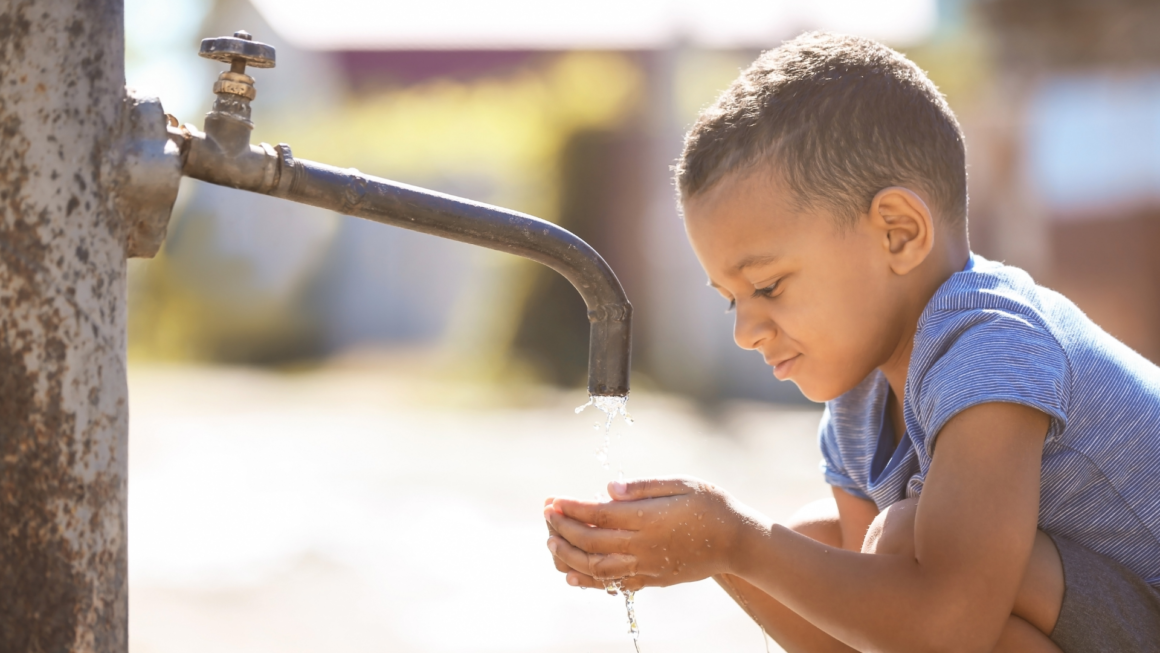Piped Water Systems: Installing piped water systems to distribute treated water from centralized sources to households and public facilities can improve water quality and reliability, particularly in urban and peri-urban areas.
This involves the use of pipes, pumps, and valves to transport and regulate the flow of water from a treatment plant to various points of use.
The first step in installing a piped water system is to establish a reliable source of water, such as a reservoir, river, or groundwater well. The water is then treated at a plant to remove impurities and make it safe for drinking and other uses.
Next, a network of pipes is laid out to connect the treatment plant to individual households and public facilities, such as schools, hospitals, and businesses. The pipes are usually made of a durable material like PVC, iron, or steel and are buried underground to protect them from damage.
To regulate the flow of water, pumps, and valves are installed at strategic points in the system. These pumps use electricity or other energy sources to push the water through the pipes at a desired pressure and rate. Valves are used to control the flow and direction of water, allowing for adjustments and repairs to be made without disrupting the entire system.
To ensure the safety and quality of the water, regular maintenance and monitoring of the system are essential. This includes periodic testing of the water for contaminants and repairing any leaks or damages in the pipes and pumps.
In addition to providing access to safe and reliable water, piped water systems can also support the growth of local economies by enabling businesses and industries to thrive. They also reduce the burden on individuals, especially women and children, who would otherwise have to spend significant amounts of time and energy collecting water from distant sources.
Overall, piped water systems can greatly improve access to clean water, enhance public health and hygiene, and foster economic development in communities. However, their installation and maintenance require significant financial resources and technical expertise, making it important for governments and organizations to invest in these systems to ensure their sustainability.
Discover more from Omo Valley Clean Potable Water Initiatives
Subscribe to get the latest posts sent to your email.







